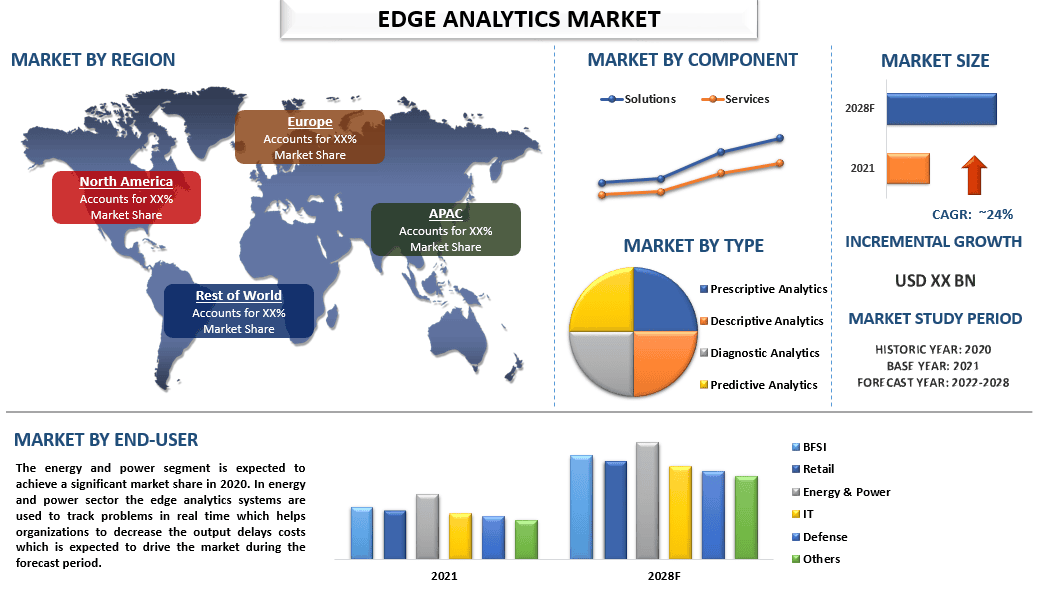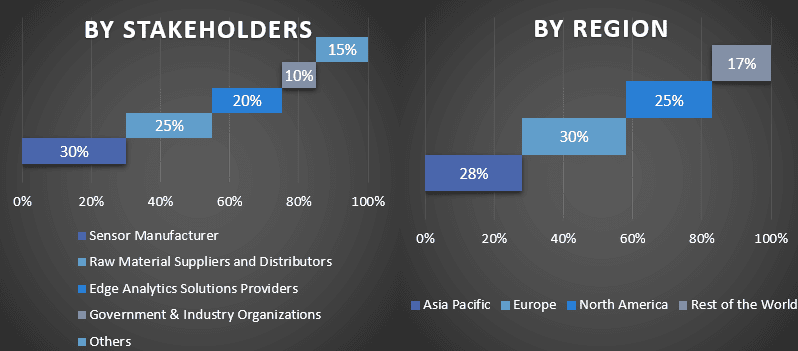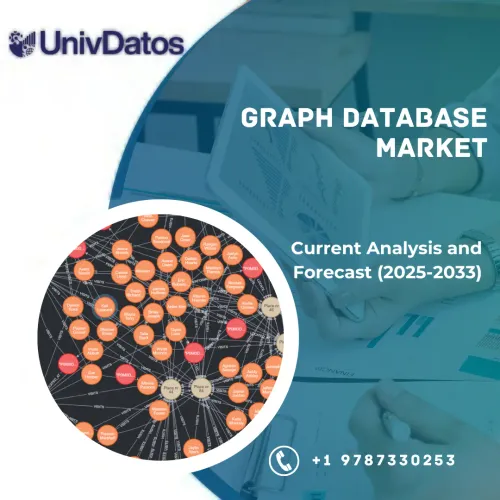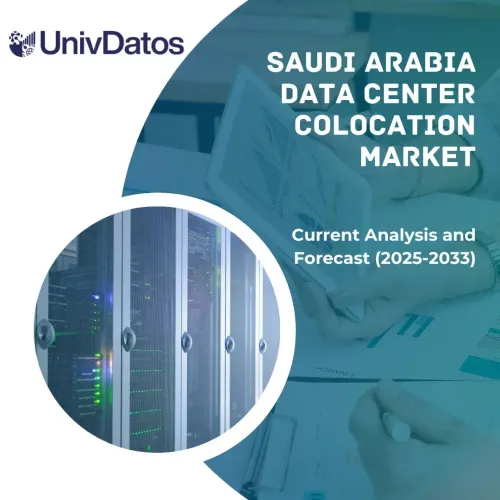- Home
- About Us
- Industry
- Services
- Reading
- Contact Us
Edge Analytics Market: Current Analysis and Forecast (2022-2028)
Emphasis on Component (Solutions and Services); Type (Prescriptive Analytics, Descriptive Analytics, Diagnostic Analytics, Predictive Analytics); End-Users (BFSI, Retail, Energy & Power, It, Defense and Others) Region/Country

Global Edge Analytics Market is expected to grow at a significant rate of around 24% during the forecast period. Edge analytics reduces network data traffic and improves analytic programs including historical, predictive, and prescriptive analytics. Edge analytics initially analyses data acquired from the connected devices using optimal data filters, then transmits pertinent data to the storage for additional analysis on the collected data. Many sectors, including the public sector, manufacturing, retail, and others, have implemented edge analytics solutions to improve their company operations through affordable and real-time analytics.
The edge analytics market is driven by the expansion of IoT’s connected devices. For instance, in 2021, there were more than 10 billion active IoT devices. Moreover, the rising demand for real-time and advanced analytics, and a rise in the demand for prescriptive analytical models are also expected to significantly influence the market growth during the forecast period. Furthermore, the growing number of smart cities are also expected to significantly influence the market growth during the forecast period.
Cisco Systems, Inc; Oracle; Analytic Edge; CGI Inc; Dell Inc; Equinix, Inc; Greenwave Systems; IBM; Intel Corporation; Microsoft are some of the key players in the market. Several M&As along with partnerships have been undertaken by these players to facilitate customers with hi-tech and innovative products/technologies.
Insights Presented in the Report
“Amongst component, solutions category to grow with a significant CAGR”
Based on component, the market is segmented into solutions and services. The services segment is expected to grow with a significant CAGR. The growth of the segment is mainly attributed to their cost effectiveness. Furthermore the edge analytics services are becoming increasingly popular in industries such as manufacturing, healthcare, transportation, and logistics, where real-time data analysis is critical for optimizing operations and improving efficiency. For example, in manufacturing, edge analytics can be used to monitor equipment and detect potential issues before they cause downtime or other problems which is expected to drive the market during the forecast period.
“Amongst end-users, the energy and power to hold a significant share in the market in 2021”
Based on end-users, the market is segmented into BFSI, retail, IT, defense and others. The energy and power segment are expected to achieve a significant market share in 2021 and is expected to grow with a significant market share during the forecast period. The edge analytics systems are used to track problems in real time which helps organizations to decrease the output delays costs. Furthermore, with the help of edge analytics energy producing companies can determine how much energy could be transmitted to retained for future usage is also expected to drive the market during the forecast period.
“North America to hold a significant share in the market”
In 2021 the North American region is expected to hold the largest market share and is expected to maintain its domination throughout the forecast period. The growth in the region is mainly attributed to factors such as growing number of SME’s on in the region coupled with growing investments in artificial intelligence and automation are expected to propel the market during the forecast period. Moreover, the growing number of smart cities in the region are also expected to drive the market during the forecast period. For instance, according to Otonomo, New York is installing camera’s and sensors in 10000 city intersections, with the aim of investing in connected infrastructure and adaptive signals.
Reasons to buy this report:
- The study includes market sizing and forecasting analysis validated by authenticated key industry experts.
- The report presents a quick review of overall industry performance at one glance.
- The report covers an in-depth analysis of prominent industry peers with a primary focus on key business financials, product portfolio, expansion strategies, and recent developments.
- Detailed examination of drivers, restraints, key trends, and opportunities prevailing in the industry.
- The study comprehensively covers the market across different segments.
- Deep dive regional level analysis of the industry.
Customization Options:
The global edge analytics market can further be customized as per the requirement or any other market segment. Besides this, UMI understands that you may have your own business needs, hence feel free to connect with us to get a report that completely suits your requirements.
Table of Content
Research Methodology for the Edge Analytics Market Analysis (2022-2028)
Analyzing the historical market, estimating the current market, and forecasting the future market of the global edge analytics market were the three major steps undertaken to create and analyze the adoption of edge analytics in major regions globally. Exhaustive secondary research was conducted to collect the historical market numbers and estimate the current market size. Secondly, to validate these insights, numerous findings and assumptions were taken into consideration. Moreover, exhaustive primary interviews were also conducted, with industry experts across the value chain of the global Edge Analytics market. Post assumption and validation of market numbers through primary interviews, we employed a top-down/bottom-up approach to forecasting the complete market size. Thereafter, market breakdown and data triangulation methods were adopted to estimate and analyze the market size of segments and sub-segments of the industry pertains to. Detailed methodology is explained below:
Analysis of Historical Market Size
Step 1: In-Depth Study of Secondary Sources:
Detail secondary study was conducted to obtain the historical market size of the edge analytics market through company internal sources such as annual reports & financial statements, performance presentations, press releases, etc., and external sources including journals, news & articles, government publications, competitor publications, sector reports, third-party database, and other credible publications.
Step 2: Market Segmentation:
After obtaining the historical market size of the edge analytics market, we conducted a detailed secondary analysis to gather historical market insights and share for different segments & sub-segments for major regions. Major segments are included in the report as component, type, and end-user. Further country-level analyses were conducted to evaluate the overall adoption of testing models in that region.
Step 3: Factor Analysis:
After acquiring the historical market size of different segments and sub-segments, we conducted a detailed factor analysis to estimate the current market size of the edge analytics market. Further, we conducted factor analysis using dependent and independent variables such as various component, type, and end-user of edge analytics. A thorough analysis was conducted for demand and supply-side scenarios considering top partnerships, mergers and acquisitions, business expansion, and product launches in the edge analytics market sector across the globe.
Current Market Size Estimate & Forecast
Current Market Sizing: Based on actionable insights from the above 3 steps, we arrived at the current market size, key players in the global edge analytics market, and market shares of the segments. All the required percentage shares split, and market breakdowns were determined using the above-mentioned secondary approach and were verified through primary interviews.
Estimation & Forecasting: For market estimation and forecast, weights were assigned to different factors including drivers & trends, restraints, and opportunities available for the stakeholders. After analyzing these factors, relevant forecasting techniques i.e., the top-down/bottom-up approach were applied to arrive at the market forecast for 2028 for different segments and sub-segments across the major markets globally. The research methodology adopted to estimate the market size encompasses:
- The industry’s market size, in terms of revenue (USD) and the adoption rate of the edge analytics market across the major markets domestically
- All percentage shares, splits, and breakdowns of market segments and sub-segments
- Key players in the global edge analytics market in terms of products offered. Also, the growth strategies adopted by these players to compete in the fast-growing market
Market Size and Share Validation
Primary Research: In-depth interviews were conducted with the Key Opinion Leaders (KOLs) including Top Level Executives (CXO/VPs, Sales Head, Marketing Head, Operational Head, Regional Head, Country Head, etc.) across major regions. Primary research findings were then summarized, and statistical analysis was performed to prove the stated hypothesis. Inputs from primary research were consolidated with secondary findings, hence turning information into actionable insights.
Split of Primary Participants in Different Regions

Market Engineering
The data triangulation technique was employed to complete the overall market estimation and to arrive at precise statistical numbers for each segment and sub-segment of the global edge analytics market. Data was split into several segments & sub-segments post studying various parameters and trends in the areas of component, type, and end-user in the global edge analytics market.
The main objective of the Global Edge Analytics Market Study
The current & future market trends of the global edge analytics market were pinpointed in the study. Investors can gain strategic insights to base their discretion for investments on the qualitative and quantitative analysis performed in the study. Current and future market trends determined the overall attractiveness of the market at a regional level, providing a platform for the industrial participant to exploit the untapped market to benefit from a first-mover advantage. Other quantitative goals of the studies include:
- Analyze the current and forecast market size of the edge analytics market in terms of value (USD). Also, analyze the current and forecast market size of different segments and sub-segments
- Segments in the study include areas of component, type, and end-user.
- Define and analysis of the regulatory framework for the edge analytics
- Analyze the value chain involved with the presence of various intermediaries, along with analyzing customer and competitor behaviors of the industry.
- Analyze the current and forecast market size of the edge analytics market for the major region.
- Major countries of regions studied in the report include Asia Pacific, Europe, North America, and the Rest of the World.
- Company profiles of the Edge Analytics market and the growth strategies adopted by the market players to sustain in the fast-growing market
- Deep dive regional level analysis of the industry
Related Reports
Customers who bought this item also bought










